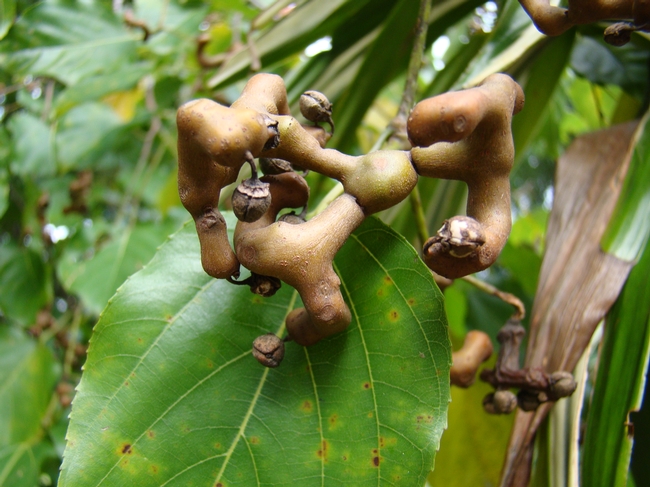If you like growing unusual fruit trees, you may want to consider growing a Japanese Raisin (Hovenia dulcis) tree. The actual fruit produced by the tree is small (only about a ½ inch), hard, dry, brown and inedible. But the tree produces a multitude of edible fruit peduncles that swell up and turn reddish brown when “ripe.” Only measuring about a ¼ of an inch, their taste is often compared to a crunch raisin or a crunchy raisin with a pear like taste. The “raisin” can be snacked on fresh off the tree or dried for later consumption. The trees produce a copious amount of “raisins.”
In South Korea, Japanese raisins are often incorporated into beverages and sold as a hangover cure. The Japanese raisins contain dihydromyricetin, a compound that helps breakdown alcohol in the liver. Although a few studies have been conducted on rats, the use of Japanese raisins as a hangover cure currently lacks sufficient human scientific studies regarding its effectiveness for this purpose.
Hardy down to USDA zone 6, the Japanese raisin tree is a self-fertile deciduous tree. It grows from thirty to eighty feet tall. It grows best in full sun but will tolerate partial shade. And although it grows in a wide variety of well-draining soils, it grows best in sandy loam. It prefers a soil pH of 6.0 – 7.8.
Trees begin to blossom after three to four years, but it can take up to ten years for the tree to begin producing ripe peduncles, or “raisins.”
